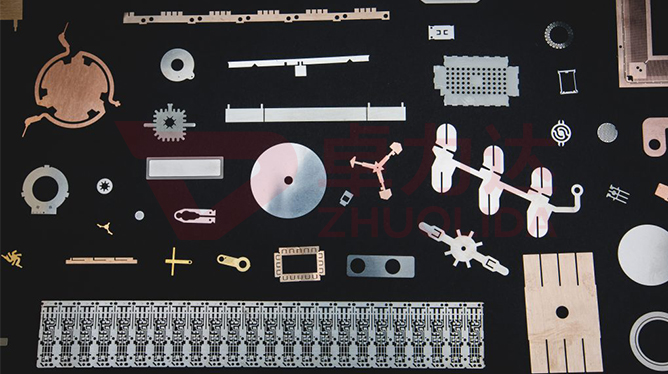
Stainless steel bipolar plates and titanium bipolar plates are two commonly used bipolar plate materials that differ in many ways, including physical properties, chemical properties, manufacturing processes, and cost. The following are their main differences and performance differences:
1. Physical properties
Stainless steel bipolar plates have good mechanical strength and fatigue resistance, and can maintain stable performance over a wide temperature range. At the same time, stainless steel bipolar plate also has good thermal and electrical conductivity, which is conducive to improving the performance of the battery.
In contrast, titanium bipolar plates have higher hardness, better abrasion resistance and stronger corrosion resistance, and can maintain stable performance at higher temperatures. In addition, the titanium bipolar plate has a lower modulus of elasticity, which can better adapt to the volume change during the battery reaction and improve the battery life.
2.Chemical performance
Stainless steel bipolar plates have good corrosion resistance and can be used in a variety of corrosive environments. However, stainless steel has poor resistance to chloride ion corrosion, so additional protective measures are required when used in high chloride ion environments.
Titanium bipolar plates are highly resistant to chloride ions and other corrosive media, and therefore have better corrosion resistance when used in high chloride ion environments. In addition, titanium bipolar plates have good resistance to hydrogen embrittlement and high temperature oxidation.
3. Manufacturing process
Stainless steel bipolar plates are usually manufactured by electrochemical polishing, laser etching or machining processes. These processes are relatively simple, low manufacturing costs, so they are widely used in production.
The manufacturing process of titanium bipolar plates is relatively complex, requiring forging, rolling, stretching and other processes. In addition, the surface treatment of titanium bipolar plates is also more difficult, requiring the use of special surface treatment technology to improve its corrosion resistance and electrical conductivity. Therefore, the manufacturing cost of titanium bipolar plate is relatively high.
4. Cost
Because the manufacturing process of stainless steel bipolar plate is relatively simple, the manufacturing cost is lower, so it has an advantage over titanium bipolar plate in price. However, stainless steel bipolar plates have a relatively short lifespan and require more frequent replacement and maintenance, which can increase the total cost of ownership.
Titanium bipolar plates, although more expensive to manufacture, have a longer service life and better corrosion resistance, and therefore may have a lower total cost of ownership. In addition, surface treatment technologies for titanium bipolar plates can further improve their corrosion resistance and electrical conductivity, thereby reducing maintenance costs.
In summary, stainless steel bipolar plates and titanium bipolar plates differ in physical properties, chemical properties, manufacturing processes, and cost. When selecting bipolar plate materials, comprehensive consideration needs to be given according to specific application scenarios and use environments. For example, for occasions requiring long-time corrosion resistance, titanium bipolar plates may be more appropriate; while for cost-sensitive occasions, stainless steel bipolar plates may be more advantageous. In practical applications, the surface treatment, shape and size of the bipolar plate can also be customized to meet specific usage requirements.
Contact: andy_Lai
Phone: 18938693450
E-mail: yw9@zldsmt.com
Add: Building A3, Huafa Industrial Park, Fuyong Town, Fuyuan Road, Fuyong Town, Baoan District, Shenzhen,China